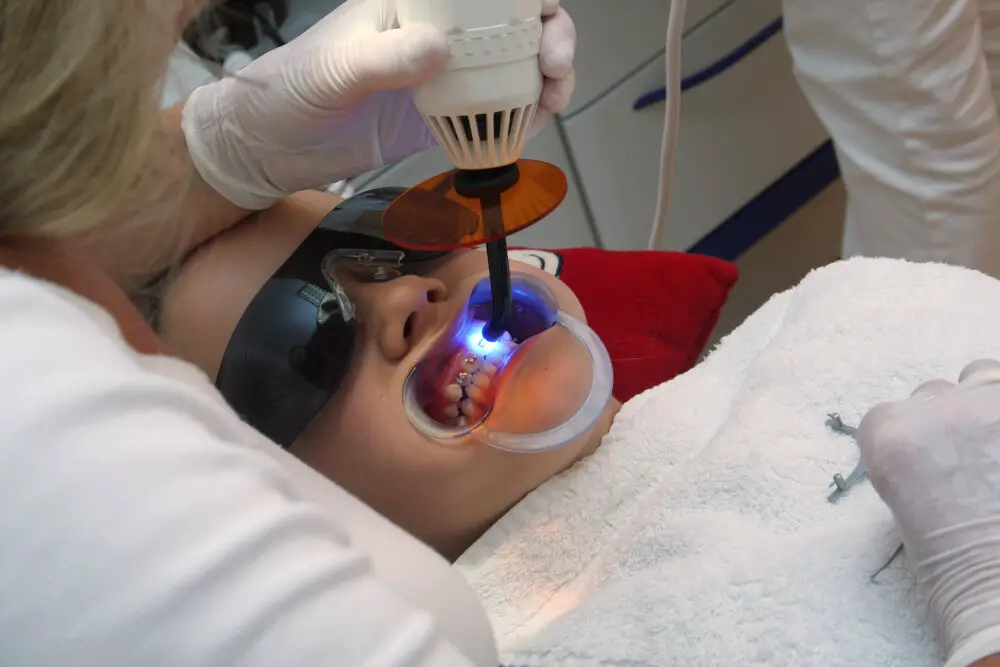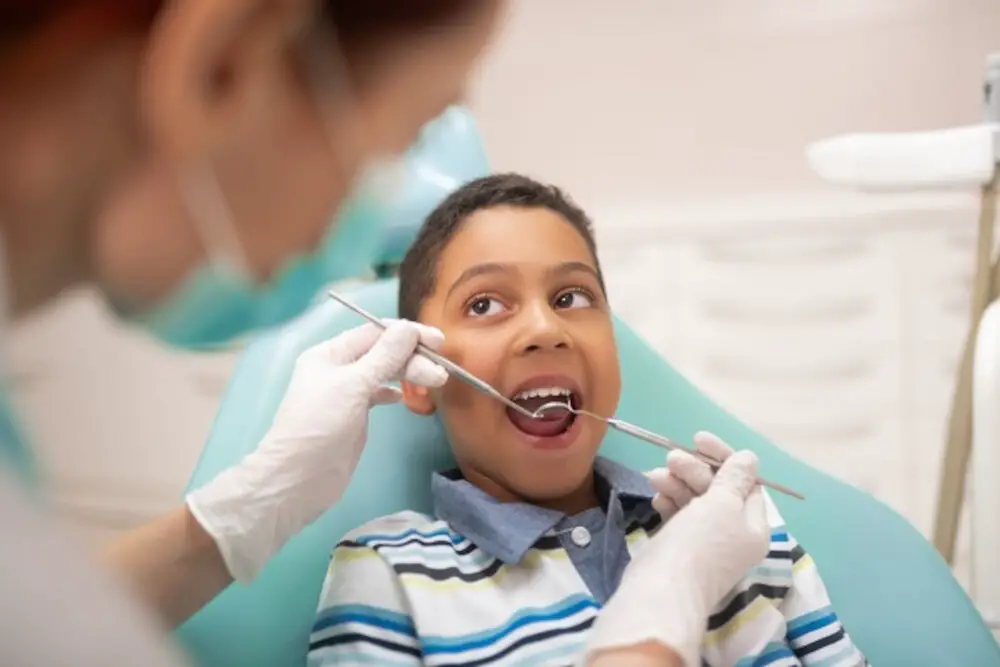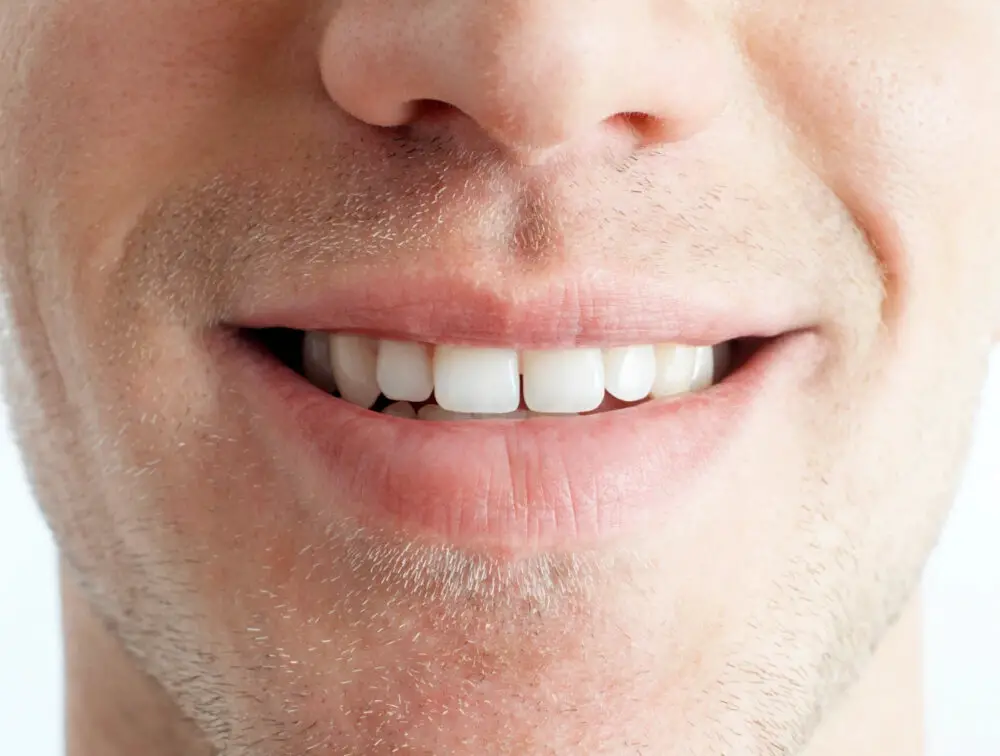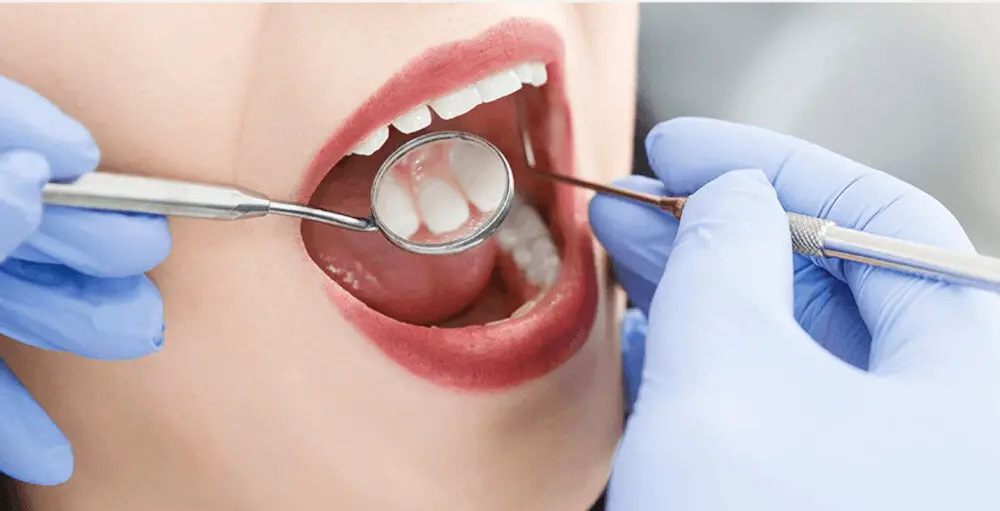At What Age Do Kids Lose Teeth? A Comprehensive Guide to Your Child’s Dental Milestones

Dental milestones are an important aspect of a child’s growth and development. From the first tooth that emerges to the last one that falls out, parents are often eager to know what to expect and when. Understanding these milestones can help parents identify potential issues early on and take necessary steps to ensure their child’s dental health. One of the most significant milestones in a child’s dental journey is the loss of baby teeth. Many parents wonder at what age do kids lose teeth? The process of losing teeth is a natural part of a child’s development, and it typically begins around age six. Over the next few years, children will lose their baby teeth, making way for their permanent teeth to grow in. However, the exact timing of tooth loss can vary from child to child, and there are several factors that can impact this process. In this comprehensive guide, we will explore the different stages of dental development, the factors that can impact tooth loss, and what parents can do to support their child’s dental health.
Understanding Primary Teeth

Primary teeth, also known as baby teeth or deciduous teeth, are the first set of teeth that emerge in a child’s mouth. These teeth usually start to appear when the child is around 6 months old, and by the age of 3 years, most children have a full set of 20 primary teeth. Primary teeth play a critical role in a child’s development as they help in chewing, speaking, and smiling. Moreover, primary teeth act as placeholders for permanent teeth, guiding them to their correct position in the jawbone. It is crucial to care for primary teeth as they can affect a child’s overall health and development. Poor oral hygiene can lead to tooth decay, gum disease, and even tooth loss. Parents can help their children maintain healthy primary teeth by encouraging regular brushing, flossing, and dental checkups. Additionally, providing a balanced diet with limited sugary snacks and drinks can prevent cavities and promote healthy teeth. Understanding primary teeth and their importance can help parents provide their children with the best dental care possible, setting them up for a lifetime of healthy smiles.
The eruption of primary teeth in children is a natural process that usually begins around the age of six months and continues until all 20 teeth have emerged, typically between the ages of two and three years old. However, it’s worth noting that every child is unique, and the timeline for tooth eruption can vary. The front teeth, also known as the incisors, are usually the first to appear, followed by the molars and canines. Children may experience discomfort and irritability during teething, which is a normal process that can be managed with gentle massage, cold or wet cloths, and teething toys. Parents should closely monitor their child’s oral health and schedule regular dental check-ups to ensure healthy tooth development.
Primary teeth, also known as baby teeth, play a crucial role in a child’s overall dental health. They help children with speech development and enable them to chew and digest food properly. Primary teeth act as placeholders for permanent teeth and guide them into the correct position. Additionally, they contribute to the development of facial muscles and bones. Neglecting primary teeth can lead to dental problems later in life. Therefore, it is essential to promote good oral hygiene habits from an early age, including brushing twice a day, flossing, and regular dental check-ups. By taking care of primary teeth, parents can ensure that their child’s dental health is maintained for years to come.
The Process of Losing Teeth

The process of losing teeth is a natural and common occurrence that happens to everyone. It is an important part of a child’s dental milestones, as it marks the transition from baby teeth to permanent teeth. The process usually begins around the age of six, although it can vary depending on the child. As the permanent teeth begin to grow, they push against the roots of the baby teeth, causing them to become loose. Eventually, the baby teeth will fall out on their own or with a little help from wiggling or pulling. It is important to note that losing teeth can be a bit uncomfortable for children. They may experience some pain or sensitivity as the baby teeth loosen and fall out. However, this discomfort is usually temporary and can be alleviated with over-the-counter pain medication and cold compresses. Parents should also encourage their children to maintain good oral hygiene during this process by brushing and flossing regularly to prevent any infections or complications. Overall, the process of losing teeth is a normal and necessary part of a child’s growth and development, and parents should support their children through this milestone.
The process of losing baby teeth, also known as primary teeth, is an exciting and natural part of a child’s dental development. Generally, children start losing their teeth around the age of six or seven and continue until their early teenage years. The first teeth to fall out are usually the lower front teeth, followed by the upper front teeth. As children grow, their jaw and teeth also grow, and the baby teeth become too small to accommodate the growing permanent teeth. The process of losing baby teeth can take several years, and it’s important to encourage healthy dental habits, such as brushing and flossing regularly, to ensure the new permanent teeth come in strong and healthy.
As children grow, they experience various dental milestones, including the loss of baby teeth. The order of tooth loss typically follows a pattern, starting with the lower front teeth (central incisors) and then the upper front teeth (central incisors), followed by the lateral incisors and first molars. The canines and second molars are usually the last to fall out. The timing of each tooth loss can vary, but it generally occurs between the ages of six and twelve. It’s important to monitor your child’s dental development and maintain good oral hygiene to ensure healthy permanent teeth.
Caring for Your Child’s Teeth During the Transition

The transition phase of your child’s dental development can be a challenging time for both you and your little one. As their baby teeth start to fall out, it’s essential to keep a close eye on their dental health and ensure that they continue to practice good oral hygiene. One of the most critical things you can do during this time is to encourage your child to brush their teeth twice a day, using a fluoride toothpaste. You may also want to consider investing in an electric toothbrush, which can be more effective at removing plaque and keeping teeth clean. Another important aspect of caring for your child’s teeth during the transition phase is to monitor their diet. Sugary and acidic foods and drinks can be particularly damaging to teeth, so it’s important to limit their intake as much as possible. Encourage your child to drink plenty of water instead of sugary drinks, and try to incorporate more fruits and vegetables into their diet. You may also want to consider dental sealants, which can help protect your child’s teeth from decay and cavities. By taking these steps, you can help ensure that your child’s teeth stay healthy and strong as they continue to grow and develop.
Tooth loss is a natural part of growing up, but it can be a painful and uncomfortable experience for kids. To ease the discomfort during tooth loss, there are several tips that parents can follow. First, encourage your child to rinse their mouth with warm salt water to reduce inflammation and discomfort. Second, offer soft foods that are easy to chew to avoid aggravating the area. Third, apply a cold compress to the face to reduce swelling and numb the area. Lastly, over-the-counter pain relievers such as ibuprofen or acetaminophen can help alleviate pain. By following these tips, parents can help their child through the discomfort of tooth loss and make the process as smooth as possible.
Maintaining good oral hygiene during tooth loss is crucial to ensure healthy gums and a smooth transition during the natural process of losing baby teeth. Parents should encourage their children to brush twice a day, floss daily, and rinse with an antimicrobial mouthwash to prevent the buildup of harmful bacteria that can cause tooth decay and gum disease. In addition, a balanced and nutritious diet can help strengthen the teeth and support healthy gum tissue. Parents should also schedule regular dental checkups to monitor their child’s dental health and address any concerns or issues that may arise during the transition from baby teeth to permanent teeth. By following these simple steps, parents can help their children maintain good oral hygiene and promote healthy dental development.
The Emergence of Permanent Teeth

The emergence of permanent teeth is a significant milestone in a child’s dental development. This process typically begins around the age of six, when the first molars and lower central incisors start to erupt. Over the next several years, the remaining primary teeth will gradually fall out and be replaced by permanent teeth. By the age of 13, most children will have all of their permanent teeth, with the exception of the wisdom teeth, which may not emerge until the late teens or early twenties. The emergence of permanent teeth can be a somewhat uncomfortable process for children. They may experience some discomfort, swelling, and irritation as the new teeth push through the gums. It is important for parents to monitor their child’s dental development and address any concerns with their dentist. Regular dental check-ups can help ensure that the new teeth are coming in correctly and that there are no underlying issues that need to be addressed. Overall, the emergence of permanent teeth is an important and exciting milestone in a child’s dental development, and proper care and attention can help ensure that their teeth remain healthy and strong throughout their life.
The emergence of permanent teeth is a significant milestone in a child’s dental development. Generally, permanent teeth start to emerge between the ages of six and seven, but this can vary from child to child. The first permanent teeth to emerge are usually the molars, followed by the incisors and canines. Over the next few years, the remaining teeth will gradually emerge until the child has a full set of 32 permanent teeth by their late teens or early twenties. It’s important to note that the emergence of permanent teeth can be impacted by various factors, such as genetics, nutrition, and oral hygiene habits. Therefore, it’s crucial for parents to encourage good dental habits early on to ensure that their child’s teeth develop properly.
Permanent teeth are the second set of teeth that emerge in a child’s mouth after they lose their primary teeth. These teeth play a crucial role in chewing food, aiding in speech, and maintaining the structure of the jawline. There are 32 permanent teeth in total, and they begin to develop around the age of six. The first permanent molars are usually the first to appear, and they do not replace any primary teeth. Instead, they push through the gum line behind the primary molars. It’s essential to take care of permanent teeth from an early age, as they are meant to last a lifetime. Regular dental check-ups, daily brushing and flossing, and a balanced diet can all help ensure that permanent teeth remain healthy and functional.
Monitoring Your Child’s Dental Development

Monitoring your child’s dental development is crucial for maintaining their oral health. As a parent, you should keep an eye on your child’s teeth’ growth and development and make sure they are following the standard dental milestones. These milestones include when their first tooth appears, when they start to lose their baby teeth, and when their permanent teeth start to emerge. By monitoring these milestones, you can ensure that your child’s teeth are developing correctly and that any potential dental problems are addressed early on. One of the essential dental milestones to monitor is when your child starts to lose their baby teeth. This process typically begins around the age of six and can continue until the age of twelve or thirteen. As your child’s permanent teeth begin to emerge, they will push out their baby teeth, which will eventually fall out. It’s important to keep track of when your child’s baby teeth fall out and make sure their permanent teeth are growing in correctly. If you notice any abnormalities, such as overcrowding or crooked teeth, it’s essential to consult a dentist to address these issues and prevent them from becoming more severe. By monitoring your child’s dental development, you can help ensure they have a healthy and beautiful smile for years to come.
Regular dental checkups are crucial for maintaining good oral health throughout life. These checkups can help to identify and treat any dental issues before they become serious problems. Children should start seeing a dentist as soon as their first tooth erupts and continue to have regular checkups every six months. Not only can regular checkups prevent cavities and gum disease, but they also allow the dentist to monitor the growth and development of the child’s teeth and jaw. Early detection of any issues can prevent future problems and save the child from unnecessary discomfort and expense. Regular dental checkups are an essential part of maintaining a healthy smile and overall well-being.
As kids grow, their dental milestones change too, and it’s essential to keep an eye on the signs of dental problems that may arise. Some common signs of dental problems to look for include toothaches, sensitivity to hot and cold, swollen gums, bleeding gums, bad breath, and cavities. If your child complains of any dental discomfort, it’s important to schedule an appointment with a dentist as soon as possible. Regular dental check-ups can also help identify and address any dental issues before they become more severe. By staying vigilant and taking proactive measures, parents can help ensure their child’s dental health and prevent any potential complications down the road.
In essence, being knowledgeable about the process of losing primary teeth and the emergence of permanent teeth is a vital aspect of your child’s dental journey. Understanding when to anticipate these changes can assist your child in making a seamless transition and maintaining excellent oral hygiene practices. Keeping a regular dental checkup schedule and monitoring your child’s dental growth can also help detect any potential problems early on. With appropriate care and attention, your child can enjoy a stunning and healthy smile for years to come.
Conclusion

In conclusion, understanding your child’s dental milestones is crucial for their overall health and well-being. The process of losing baby teeth and growing permanent teeth can be an exciting and sometimes challenging experience for both the child and the parents. It is important to note that every child is different, and the timing of losing teeth may vary. However, with proper dental care and regular visits to the dentist, parents can ensure that their child’s teeth are healthy and developing properly. Encouraging good dental habits from a young age can set the foundation for a lifetime of healthy teeth and gums. So, pay attention to your child’s dental milestones and enjoy the journey towards a beautiful and healthy smile!







